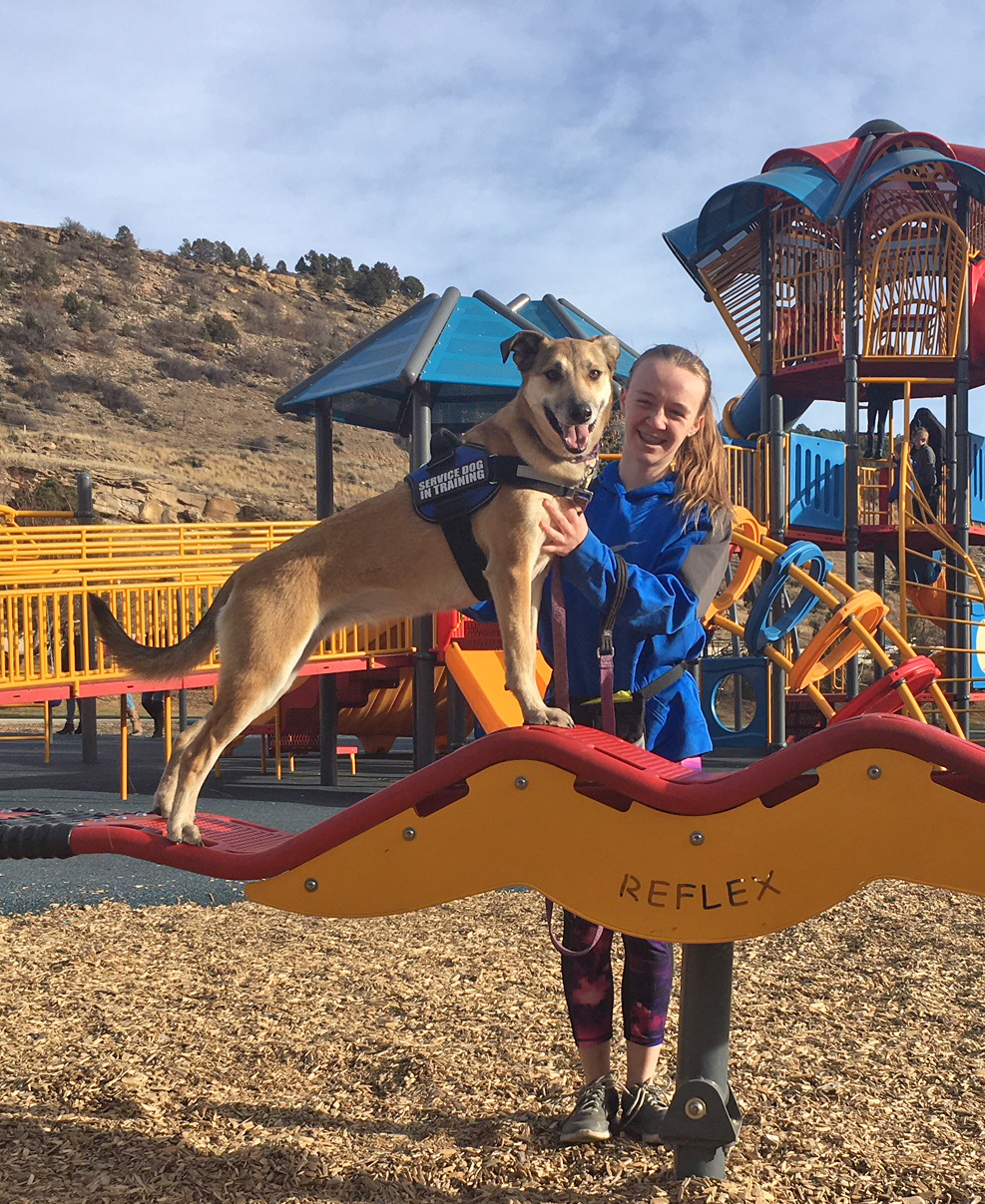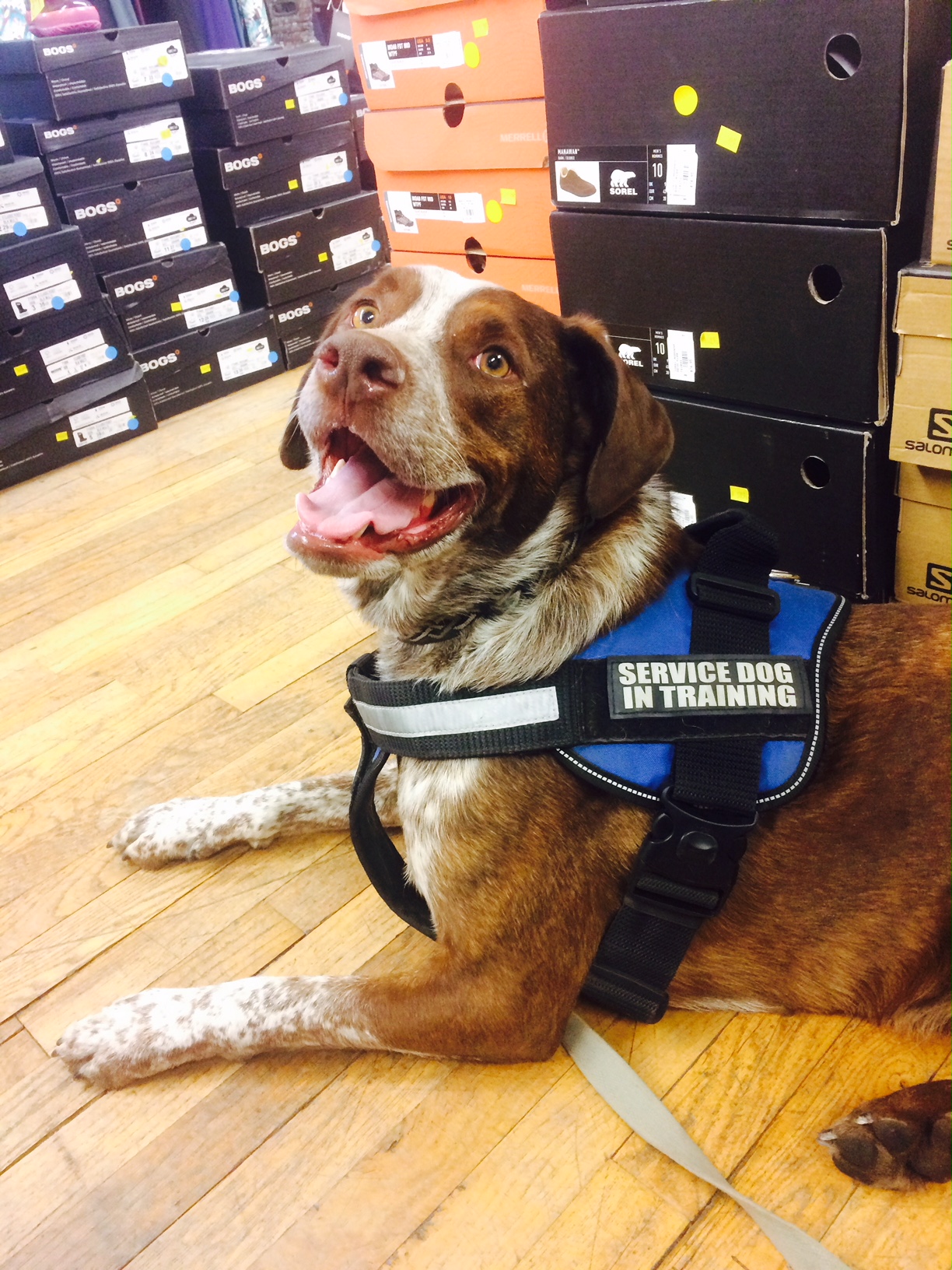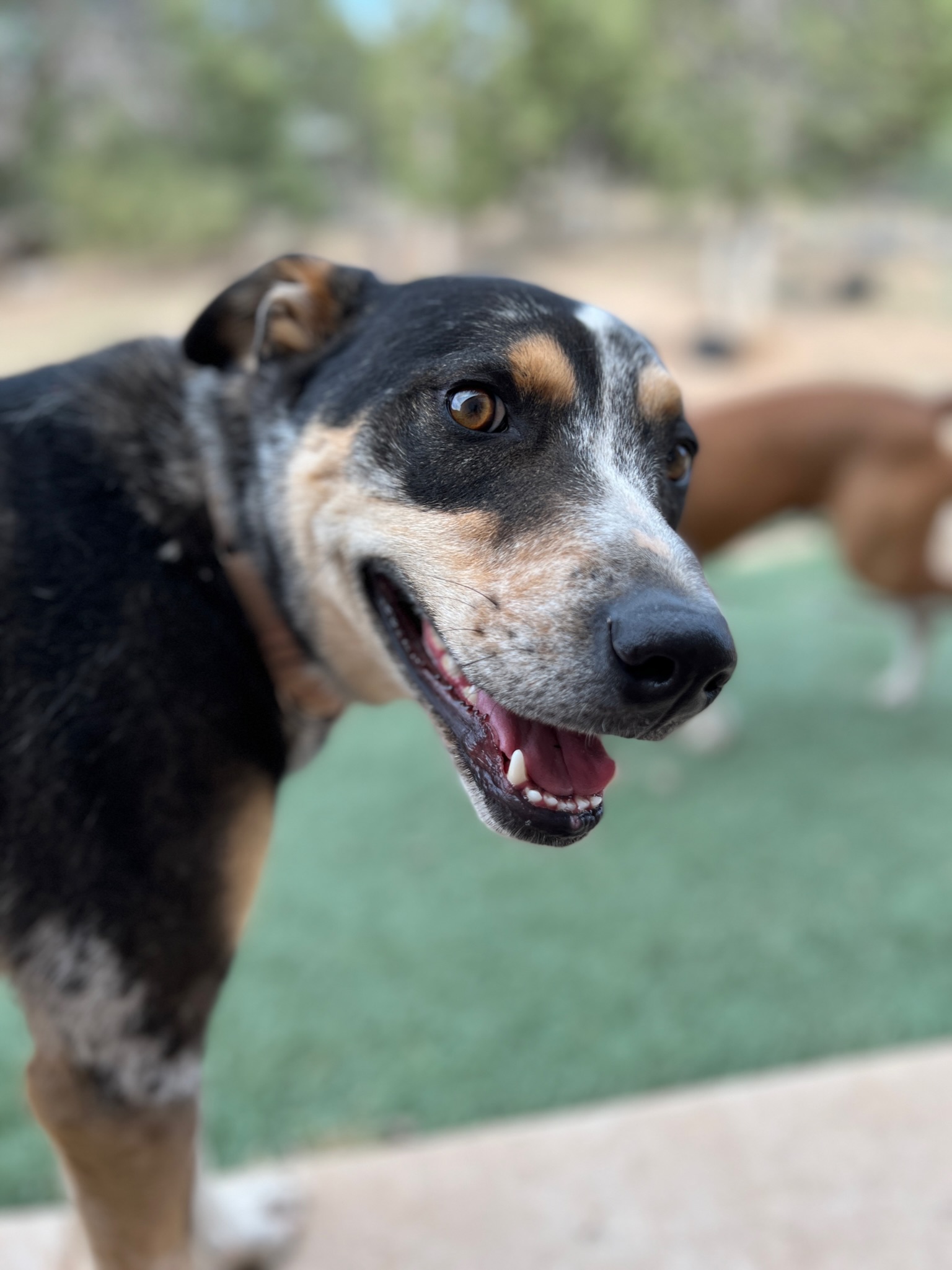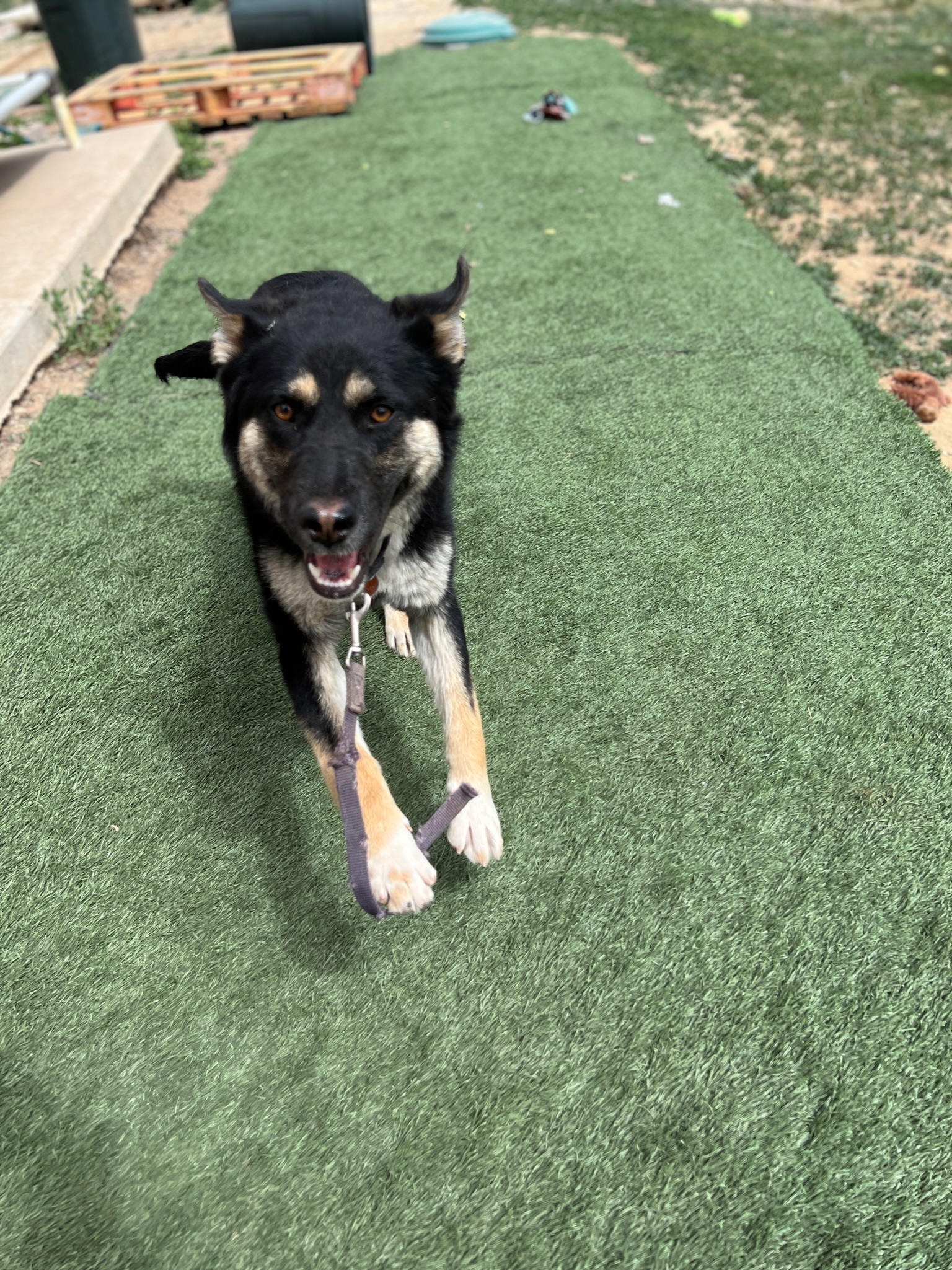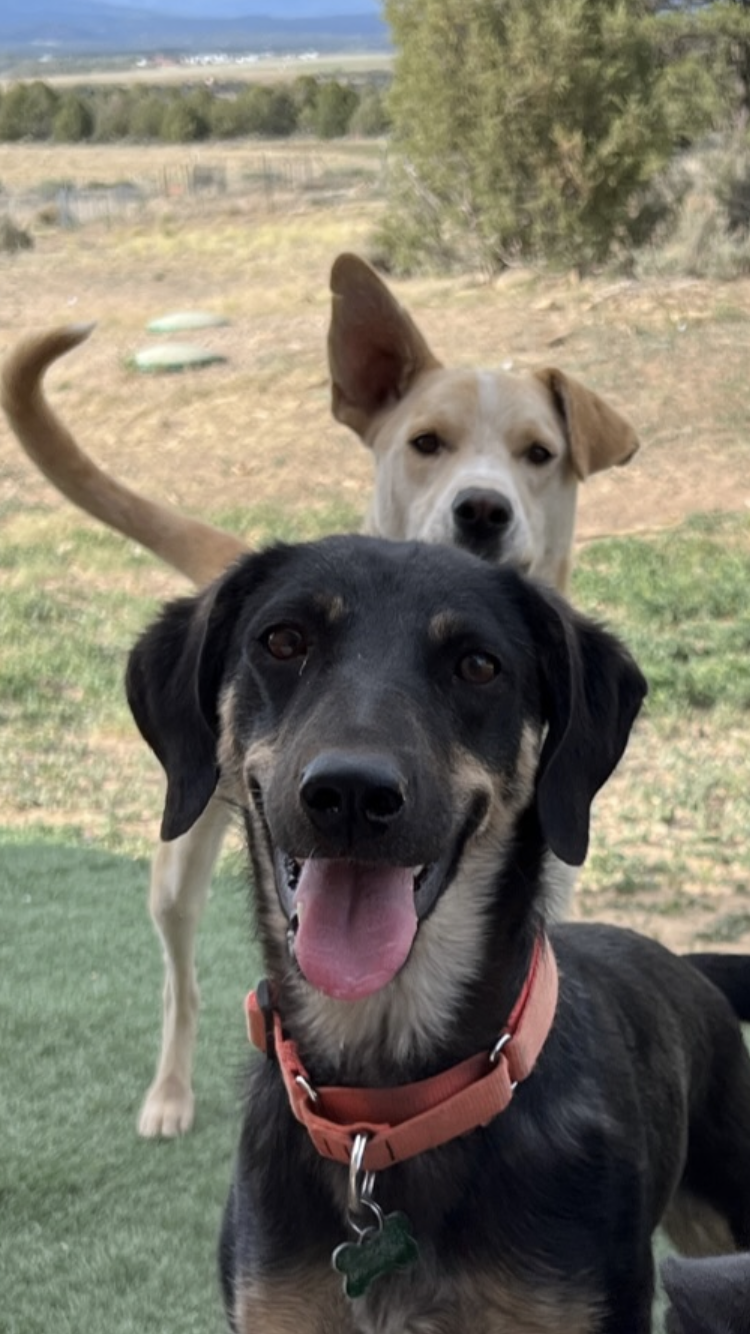Service Dogs
The Basics
Service Dogs: A dog specifically trained to perform a specific task to assist an individual with a disability.
Any breed of dog can be a Service Dog
Trained Service Dogs are allowed to accompany their person practically anywhere they go
By law, you may ask an individual with a service animal two questions:
1) Is the animal required because of a disability?
2) What work or task is the animal trained to perform?
By law, there are only two reasons a service animal and its handler must leave an establishment:
1) The animal is out-of-control/the handler doesn’t have control
2) The animal goes to the bathroom
Allergies, or fear of dogs, are not valid reasons for denying access or refusing service to people with service animals
Puppies are not Service Dogs and typically not put into task training until 18 months, once they’ve perfected advanced manners
Colorado considers dogs-in-training as Service Dogs, which each state regulates differently
Certifying a trained Service Dog is difficult. Less than 50% of the dogs bred for this work will graduate
Certified Service Dogs typically have more than 100+ hours of training
Being a Service Dog is difficult! People are unpredictable, and having to be around them, watch them, and constantly be ready to move – but not react– is crazy-difficult for many
To clarify, we’re not talking about;
Therapy Dogs: those brought to hospitals, schools, or airports, or
Emotional Support Dogs: those people have at home to help them cope,
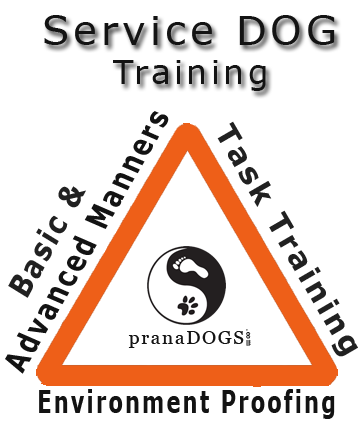
Service Dog Training Involves Three Components:
-
- Basic and advanced manners
- Task training
- Environmental proofing
All three are crucial to a well-trained and grounded dog, as well as a dog that always behaves appropriately.
Task training involves training the dog to perform the specific task their person needs them to do. For example, psychiatric service dogs are trained to provide deep pressure therapy during times of anxiety.
Environmental proofing refers to training the dog everywhere, at different times, in various weather conditions, with varying types of people, commotion present, etc. Without proper training or reinforcing and grounding each of these components thoroughly, the dog can experience stress and anxiety, struggle with their job, or ability to fulfill their duties – or act as a well-mannered member of society.
Can My Dog Be a Service Dog??
Many of us want our dogs to be by our side all the time. After all, it gives us something to focus on and can help with uncomfortable moments like the inability to connect with people face-to-face. But, if we truly love our dogs and want what’s best for them, we have to be realistic about what they like and don’t like, what they can and can’t handle, and what they want and don’t want to do.
Dogs that are able to IGNORE EVERYTHING in the environment
This means they can ignore the dog walking past, the little kid with chocolate-covered fingers who wants to pet them, or the smell of beef brisket on a BBQ
Dogs that are comfortable enough in their own skin, that the unpredictable nature of HUMANS DOESN’T FREAK THEM OUT.
This means that they aren’t anxious when walking through a crowd, even a drunken crowd at 2 am, exploring an area they’ve never been, or dealing with an aggressive dog or human.
Dogs that can put their HUMAN FIRST – no matter what.
Let’s face it, some dogs don’t want to work or focus on something 24/7. Some are couch potatoes, bred for short term work or just like to play. Service Dogs have to put their humans first all the time. Once a Cue of ‘Leave it’ is given, a trained Service Dog doesn’t need to be told again.
Dogs that have GREAT IMPULSE CONTROL and manners.
Service Dogs cannot react to the environment unless that reaction is part of their work – like blocking or grounding their human. Their entire job is focused on their human and being calm for them. They take in just enough of their surroundings to be aware of what’s going on and how it may affect their person.
This list is not comprehensive, but it begins to explain why less than 50% of dogs bred to be Service Dogs even graduate with the title. Not all dogs can be Service Dogs. As a trainer, I spend a great deal of time finding the right candidates before putting in any work. Do your dog a favor, don’t sign them up for a job they don’t want or will excel at.

